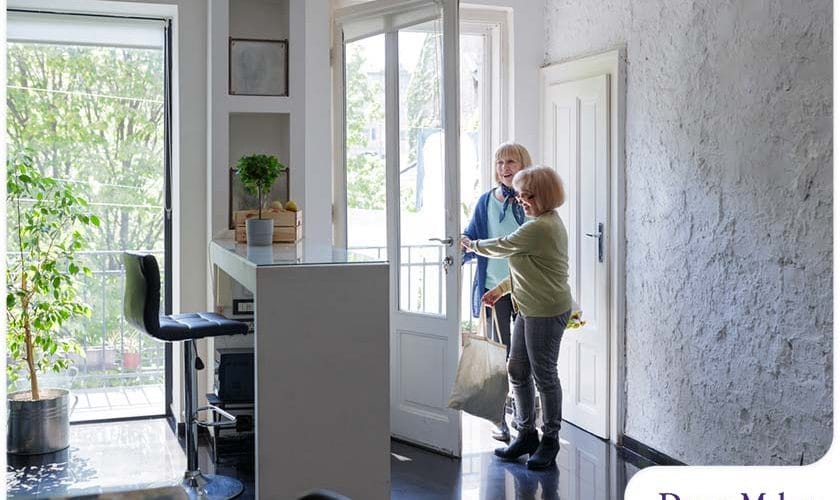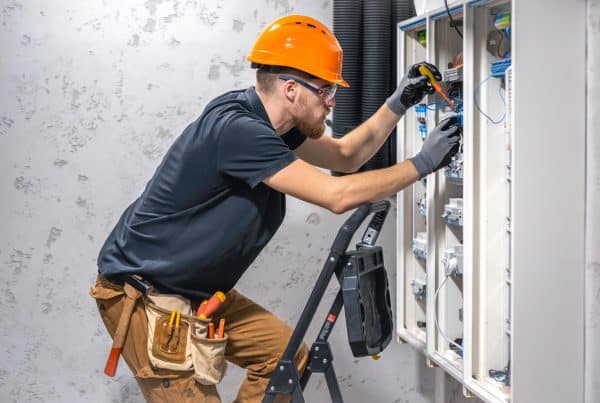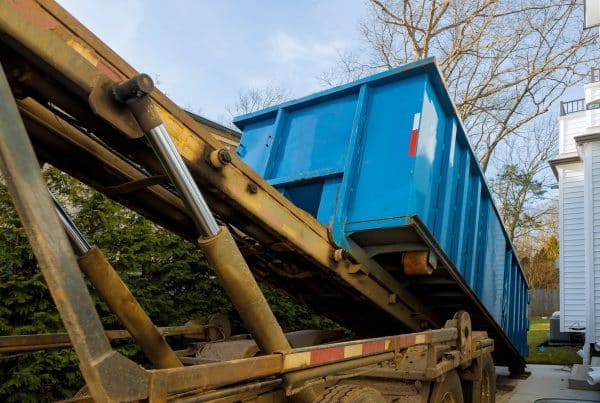Americans are living longer, and the majority of seniors plan to age in place. In 2018, a study revealed 76 percent of adults age 50 and up want to age in place in their homes, but only 59 percent believe they’ll be able to do so. More than half of adults in the study were concerned about the price of housing, while others were divided over whether or not they would be open to home sharing or having assisted living.
For adult children with aging parents, helping them remain independent and fulfilled in their daily lives may be a challenge. Many seniors are reluctant to accept outside help, even from their loved ones. You may also recognize the need for future assisted living or in-home care, but the cost can make it difficult for a family to afford.
What are the alternatives you can take on? Whether you are working outside of the home, or if you are looking to upgrade your parent’s home, there are aging in place home modifications you can explore. These renovations can help seniors stay in their homes longer as they age, even in spite of health and lifestyle changes that may occur.
The Cost of Aging in Place
The cost of these can be expensive, and it is a good idea to work with an aging in place home contractor. These professionals can give you a quote for all the changes you want to make in one go, which ultimately saves you money. Many aging in place home modifications can cost between $10,000 to $50,000, so you may look into options like selling life insurance, borrowing a home equity loan or taking out a personal loan from a private lender.
The following home modifications will make aging in place much easier. Whether your parents are remaining in their own homes or you plan to have them move into yours, these changes will make any house more senior-friendly. They also incorporate modern assistive technology for greater accessibility and personal security.
Installing a Home Elevator
If your elderly parent has trouble getting up the stairs, they’re more likely to experience a problem and possible serious injury. To avoid an accident from occurring, a home elevator is a wonderful addition to consider. Utilizing home elevators help ensure your elderly parents have a quick and easy way to ascend the levels of your house without the risk of a problem.
However, installing an elevator may not be in your budget at the moment. If this is the case, you might need to find another way to finance it. The average price of a home elevator can range from $14,000 to as much as $60,000. One way to afford a home elevator is to take out a personal loan from a private lender. This type of lender often offers lower interest rates, so you won’t have to worry about paying off your balance now and can spread out over time.
Taking on a Complete Bathroom Renovation
The bathroom is perhaps the most difficult room to renovate to suit the needs of your elderly parents. Most, or in some cases all, of the fixtures will need to be swapped out or upgraded. Faucets can be operated through motion sensors, which reduces the strain on your parent’s hands. This is particularly important if they have osteoarthritis. You can also add a shower seat to reduce this risk further. Additionally, adding a tall comfort height toilet will help ease the strain on the knees of getting up and down.
If relocating your master bedroom to the first floor, you can want to consider creating an adjoining master bathroom. Remember, convenience and comfort are always worth the investment. Consider converting an existing room into a new bathroom or expand a powder room to create a full bath.
The height of the sink should be lowered if they are in a wheelchair. Installing handlebars for the toilet and showers also makes it easier for them to go to the bathroom and clean themselves without worrying about falling down. You can also add a shower seat to reduce this risk further. All of these modifications also allow them to remain independent for longer periods of time.
Utilizing an Automated Medication Dispenser
If your parent is always forgetting to take their medication or can’t get the kids off traditional medication bottles, an automated pill dispenser is a viable solution. You can program it to dispense pills when they need to be taken. Some also come equipped to give verbal reminders as well. Since all models differ, it’s a good idea to compare several before buying one.
Taking Advantage of Popular Smart Home Devices
As your parents get older, some tasks may become harder than they were before. Even remembering to lock the door can be difficult. This is where a smart device comes in handy.
Thanks to the evolution of modern technology, it’s easy to tackle the basic necessities of your home without having to lift a finger. A smart thermostat can automatically adjust the temperature and smart locks help ensure the safety of your home. A home assistant such as Amazon Echo, Alexa and Google Home can manually handle these operations with only a few programmed commands.
Using a Touchscreen Computer
Having a computer these days is all but necessary, especially for aging in place homes. However, handling a traditional computer may not be the easiest thing for an elderly parent. Typing on a regular keyboard can exacerbate arthritic symptoms while using a mouse or mousepad can worsen carpal tunnel syndrome.
The best type of computer for elders are ones with touchscreens. Touchscreen computers are perfect for elders because of their ease of access. They don’t require you to be seated at a desk and you don’t have to worry about the keyboard or mouse breaking. It’s also more compact than a traditional computer, which allows them to be portable.








